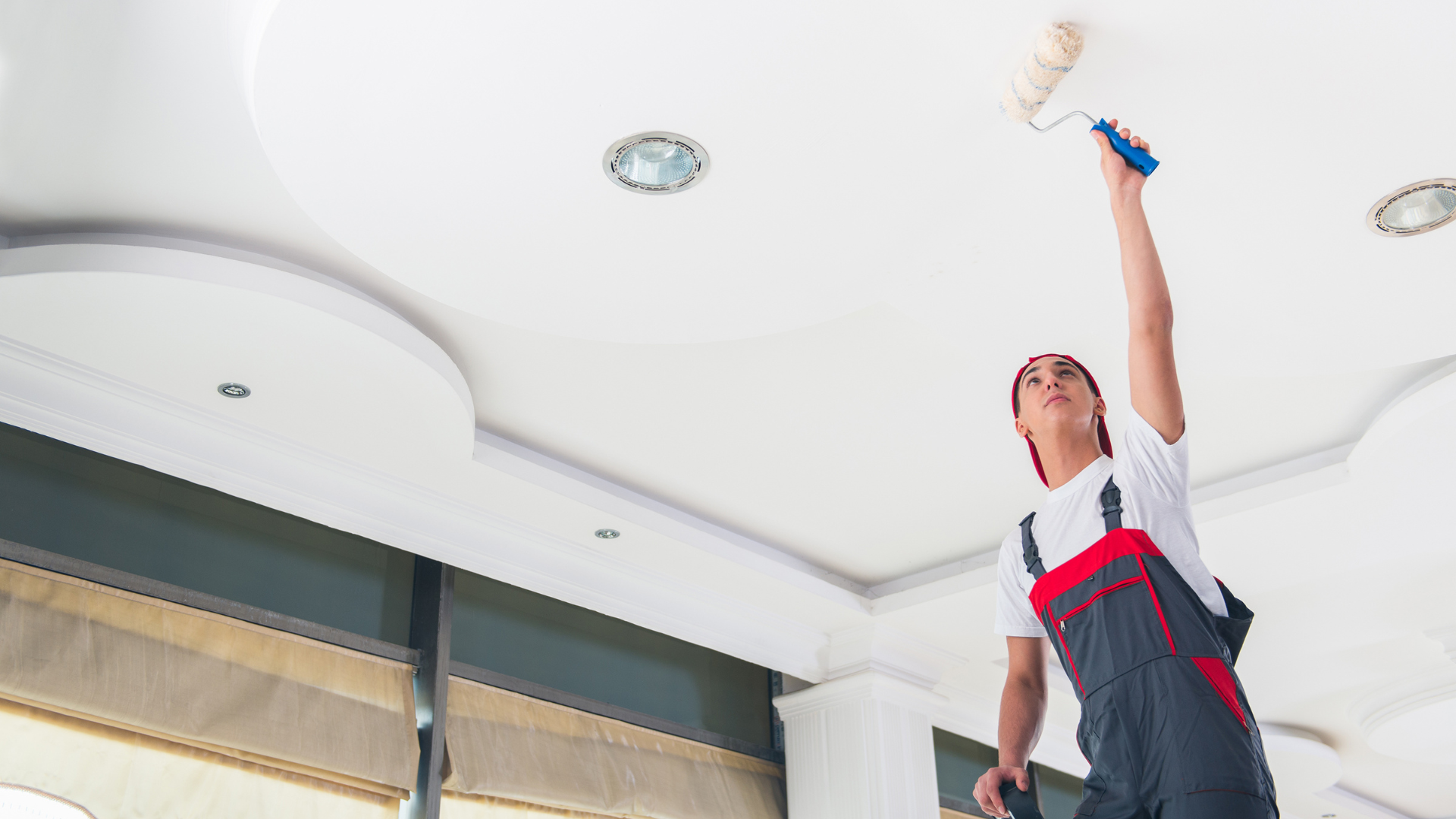What Type of Paint Should I Use?

When embarking on a painting project, one of the most fundamental questions you'll face is what type of paint to use.
The right choice depends on various factors, including the surface you're painting, the environment, and the desired finish.
Here's a comprehensive guide to help you make an informed decision.
Understanding Paint Types
There are three main types of paint:
- oil-based
- latex (water-based)
- acrylic.
Each has distinct characteristics and applications.
Oil-Based Paints
- Pros: Durable, good for high-moisture areas, smooth finish, excellent for wood trim.
- Cons: Longer drying time, strong odor, requires mineral spirits for cleanup.
- Best For: Doors, trim, moldings, cabinets, and furniture.
Latex (Water-Based) Paints
- Pros: Easy cleanup with water, quick drying, less odour, flexible and less prone to cracking.
- Cons: Not as durable as oil-based paints, can swell wood grains.
- Best For: Walls, ceilings, and large areas.
Acrylic Paints
- Pros: Versatile, durable, resistant to fading, can be used on many surfaces.
- Cons: Can be more expensive, may require multiple coats.
- Best For: Exterior surfaces, art projects, and areas requiring a washable finish.
Factors to Consider
Surface Material
Different materials require different types of paint.
For instance, oil-based paints are often preferred for wood surfaces due to their durability and smooth finish, while latex paints are better for drywall and ceilings.
Interior vs. Exterior
Exterior paints are formulated to withstand weather elements, while interior paints are designed for a controlled environment.
It's crucial to choose a paint type that matches your project's location.
Finish
Paints come in various finishes, including matte, eggshell, satin, semi-gloss, and high-gloss.
The choice of finish can affect the paint's appearance and maintenance. High-gloss finishes are easier to clean but highlight imperfections, whereas matte finishes conceal blemishes but are more prone to damage.
Environment
If you're painting in an area with high moisture, such as a bathroom or kitchen, oil-based paints might be a better choice due to their durability.
For environmentally conscious choices, look for low-VOC or no-VOC paints.
Durability
Consider how often the painted area will be used.
High-traffic areas may require more durable paint, such as oil-based or high-quality acrylic paints.
Colour Retention
If colour retention is a priority, especially in sun-exposed areas, acrylic paints are often the best choice due to their resistance to fading.

Acrylic Vs. Latex Paint:
Understanding the Differences and Making the Right Choice
Acrylic Paint
Acrylic paint is a chemical-based paint, known for its durability and resistance to the elements.
It is often used for both interior and exterior projects.
Pros:
- Durability: Acrylic paint is highly resistant to chipping, fading, and cracking, making it ideal for high-traffic areas and exterior surfaces.
- Colour Retention: It maintains its colour well, even when exposed to sunlight, making it a great choice for outdoor projects.
- Flexibility: It can expand and contract with the surface, reducing the likelihood of cracking.
- Water Resistance: Acrylic paint is more resistant to moisture and mildew.
Cons:
- Cost: It tends to be more expensive than latex paint.
- Application: Can require more skill to apply smoothly.
- Drying Time: It dries quickly, which can be a pro or a con depending on the project.
Latex Paint
Latex paint, also known as water-based paint, is a popular choice for interior walls and ceilings due to its ease of use and clean-up.
Pros:
- Ease of Use: It's easy to apply and can be cleaned up with water.
- Quick Drying: Latex paint dries faster than oil-based paints, allowing for quicker recoating.
- Low Odour: It has less of an odour compared to oil-based paints, making it more comfortable to use indoors.
- Environmental Friendliness: Latex paints typically have lower volatile organic compounds (VOCs) than oil-based paints.
Cons:
- Durability: It's not as durable as acrylic paint, especially in high-traffic areas or extreme weather conditions.
- Swelling of Wood Grain: Latex paint can cause wood grain to swell, requiring additional preparation.
Which to Use?
- For Exterior Surfaces: Acrylic paint is generally the better choice due to its durability and resistance to weather conditions.
- For Interior Walls and Ceilings: Latex paint is often preferred for its ease of use, quick drying time, and low odour, making it ideal for indoor spaces.
- For High-Traffic Areas: If you're painting surfaces that will be frequently touched or cleaned, like doors, trim, or cabinets, acrylic paint is recommended due to its superior durability.
- For Environmental Concerns: If low VOCs and environmental impact are important factors for you, latex paint is a good choice, as it typically contains fewer harmful chemicals.
- For Budget Considerations: If cost is a significant factor, latex paint is usually less expensive than acrylic paint, making it a budget-friendly option for large projects.
Selecting the right type of paint is crucial for the success of your painting project.
By considering factors such as the surface material, interior vs. exterior application, desired finish, environment, durability, and colour retention, you can make a choice that ensures both aesthetic appeal and longevity.
Remember, while oil-based paints offer durability and a smooth finish, they require more care in application and cleanup. Latex paints are user-friendly and ideal for large areas like walls and ceilings, and acrylic paints provide versatility and fade resistance, especially for exterior projects.
It's also worth noting that advancements in paint technology have led to improved versions of traditional paints. For example, water-based enamel paints combine the ease of use of latex with the durability of oil-based paints, offering a middle ground for those seeking both qualities.





